In his latest episode of “The Deal Maker Strikes Back: Revenge of the Tariffs,” US President Donald Trump has decided it’s time to play tariff whack-a-mole—because apparently, global trade negotiations weren’t already dramatic enough.
On Thursday, he signed a memo instructing his staff to start custom-designing tariffs for countries he believes have been playing unfairly in the trade sandbox. You know, because nothing says diplomacy like yelling, “No take-backs!” on an international scale.
That’s right, folks—custom tariffs! It’s like ordering a tailor-made suit, but instead of fine Italian wool, it’s economic penalties stitched together with red tape and passive-aggressive memos. And just like those fancy suits, these tariffs are probably going to leave everyone feeling slightly uncomfortable and wondering if they’re worth the price tag.
The plan, which sounds eerily like an aggressive Monopoly strategy dreamed up by someone who definitely flips the board over when they’re losing, will consider existing tariffs, exchange rates, and other trade tricks that make the US feel like it’s been shortchanged. Honestly, it’s almost impressive how much effort is being put into making sure America doesn’t end up stuck with Baltic Avenue while everyone else builds hotels on Park Place.
The White House, ever eager to keep things interesting (and by “interesting,” we mean chaotic), pointed fingers at the European Union—not for their superior chocolate or scenic countryside, but for trade policies that supposedly put the US at a disadvantage.
Because clearly, the real problem here isn’t Brexit or Eurovision controversies; it’s that sneaky French wine and German engineering hogging all the glory. Next thing you know, they’ll accuse Belgium of rigging waffle exports to deliberately undermine American pancake morale.
While details remain fuzzier than a poorly groomed alpaca, this announcement has likely sent trade negotiators worldwide scrambling for their stress balls.
The president has given his team 180 days to cook up a grand strategy, though Commerce Secretary Howard Lutnick assured that a full-fledged plan would be ready by April 1.
Trump pitched his idea as a way to boost US manufacturing, declaring, “If you build your product in the United States, there are no tariffs!” The logic is simple: Make everything in America, and poof—no penalties!
He insists it’s all about fairness, because according to him, other countries have been treating the US like a piñata full of dollar bills. “They charge us way more than we charge them, but those days are over!” he said, probably while dramatically dropping a mic (or at least a pen).
Countries like India, Vietnam, and Thailand—whose economies rely on the US market—are now bracing for impact.
India’s Prime Minister Narendra Modi, having already dropped tariffs on motorcycles (a personal grievance of Trump’s from his first term), was reportedly seen sighing deeply into his chai. Meanwhile, trade officials from Thailand and Vietnam have begun reviewing their deals with the US, presumably while stress-eating their national dishes.
As expected, the European Union tried to play the cool and composed ex, stating they are “committed to maintaining a close partnership” with the US. “We will continue to seek constructive engagement,” said trade spokesperson Olof Gill, while likely drafting a list of retaliatory measures involving wine, cheese, and designer handbags.
Tariffs, for those who forgot their high school economics class, are basically a government’s way of slapping a tax on imported goods. The idea is to protect domestic industries from foreign competition—or, in this case, to remind other nations that Trump is always ready for a trade showdown.
Historically, the US has been a champion of free trade, keeping tariffs relatively low except on a few choice items like steel, aluminum, and, presumably, things Trump personally dislikes.
The White House also took issue with European tariffs on US-made cars (10% compared to America’s 2.5%) and Brazil’s 18% tax on ethanol (versus America’s 2.5%).
But wait, there’s more! Trump’s team is also eyeballing digital services taxes imposed by various nations, which they claim unfairly target Big Tech—because obviously, nothing says “underdog” like trillion-dollar Silicon Valley firms.
UK businesses are keeping their fingers crossed, hoping they can slip through the cracks of Trump’s tariff tornado. Duncan Edwards of BritishAmerican Business noted, “This shouldn’t come as a surprise,” which is corporate-speak for, “We’ve been bracing for impact.”
Meanwhile, Wall Street had a brief sigh of relief—since, for once, Trump didn’t announce immediate tariffs. But investors remain jittery, because as John Cassidy of Red Cedar Investment Management put it, “Wall Street doesn’t like the unknown.”
Economists, as always, are here to rain on the tariff parade. Alex Durante from the Tax Foundation warns that more tariffs could escalate a full-blown trade war, while others point out that Trump already scrapped the Trans-Pacific Partnership, which might have solved some of these issues in a more, let’s say, diplomatic manner.
As for Trump? He remains unfazed. “What’s going to go up is jobs,” he declared, brushing off concerns about price hikes. But the American public, skeptical as ever, is not entirely convinced. A recent poll found that only 24% of respondents think tariffs will help the US economy—meaning even some of his own supporters are side-eyeing this trade war reboot.
So, will Trump’s tariff spree revitalize American industry, or will it be the world’s most expensive game of economic chicken? Stay tuned. And maybe start stocking up on European cheese while you still can.


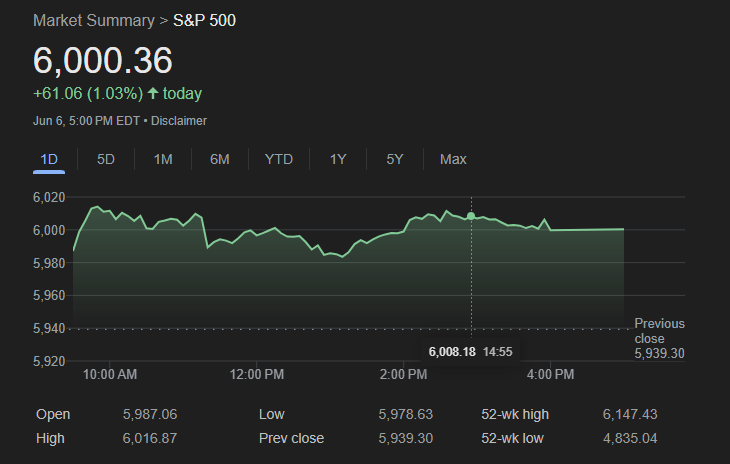

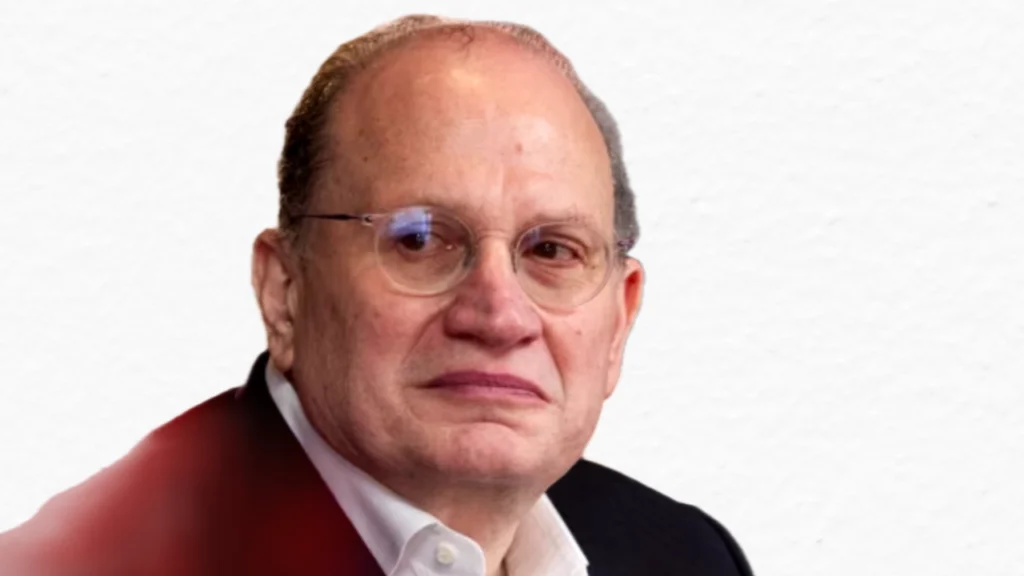
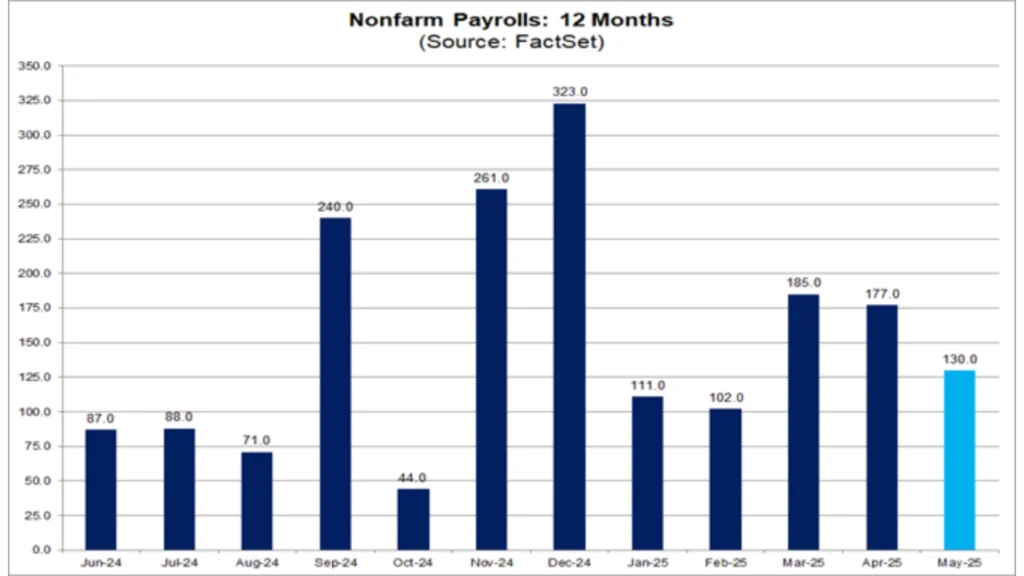
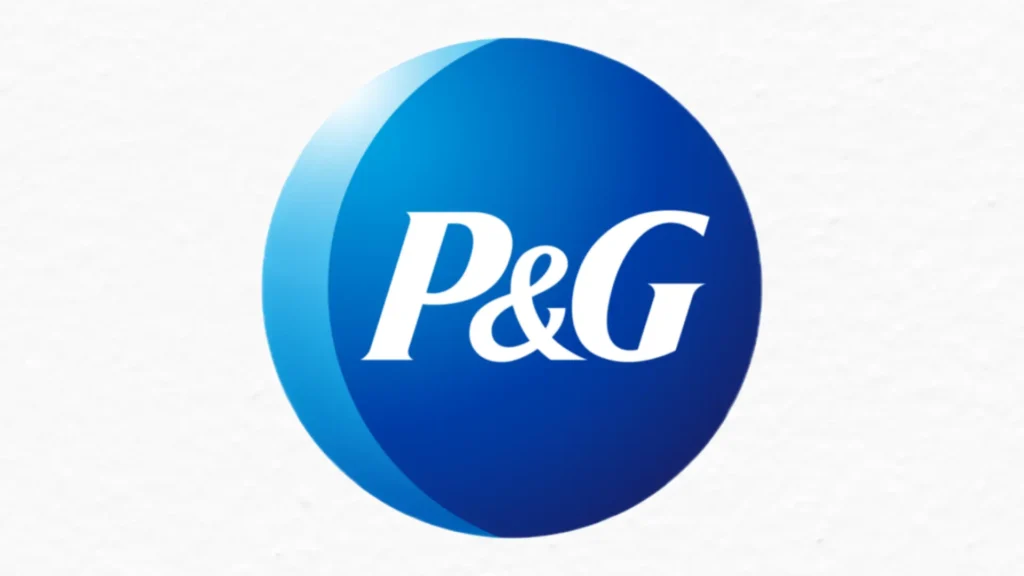

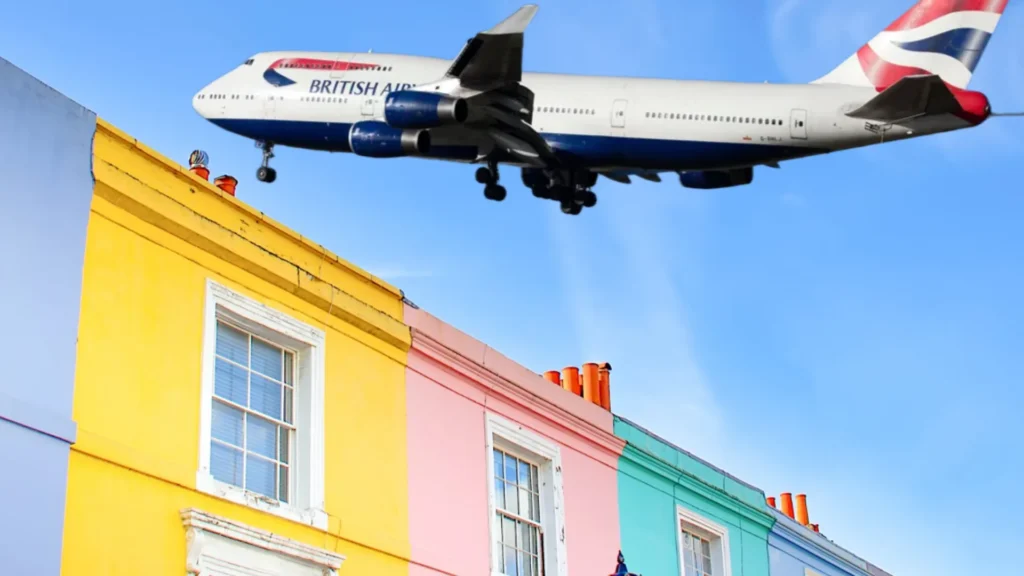



Leave a Reply